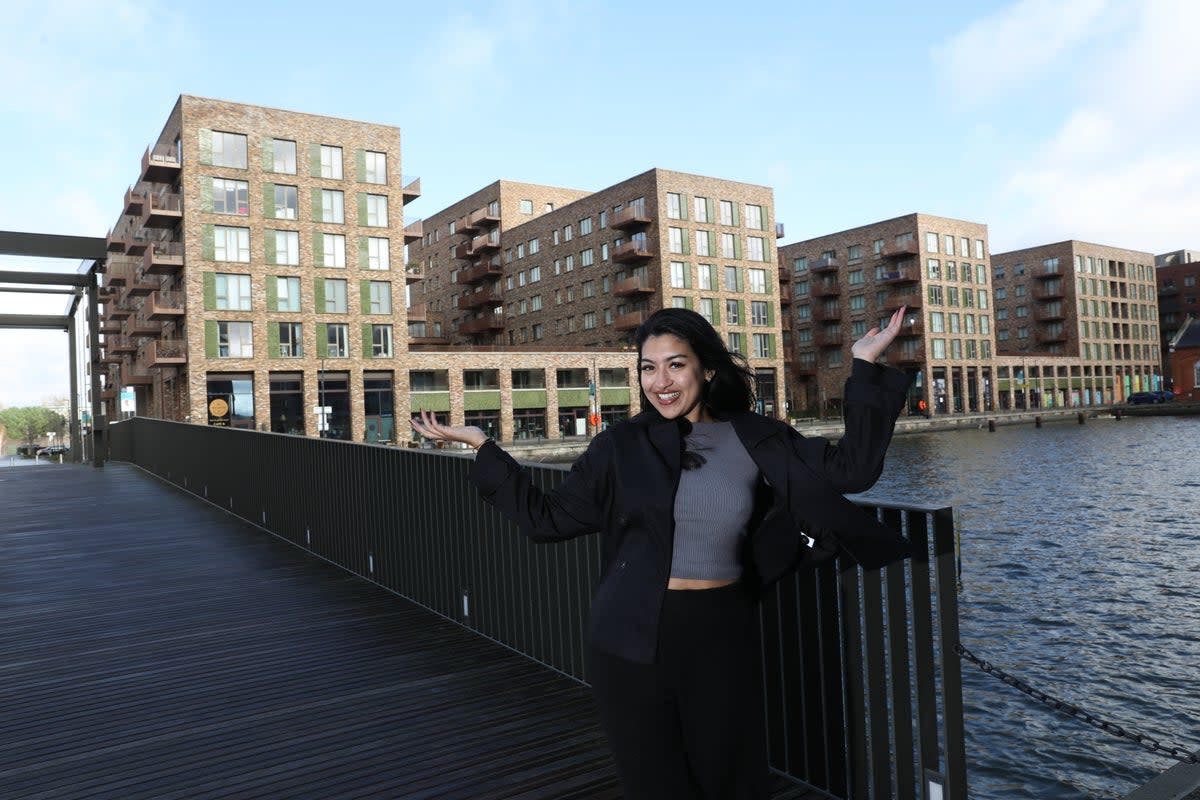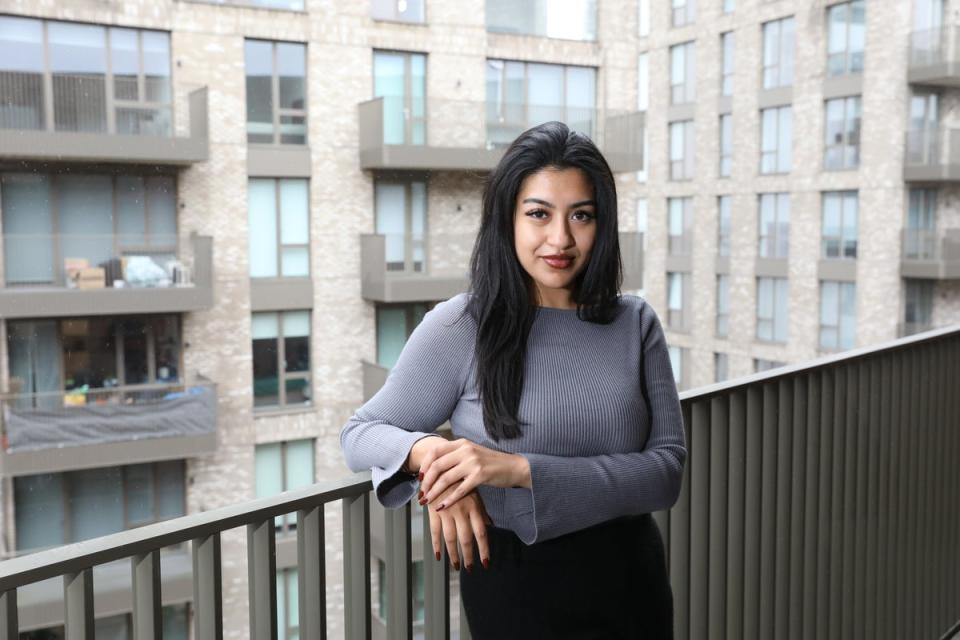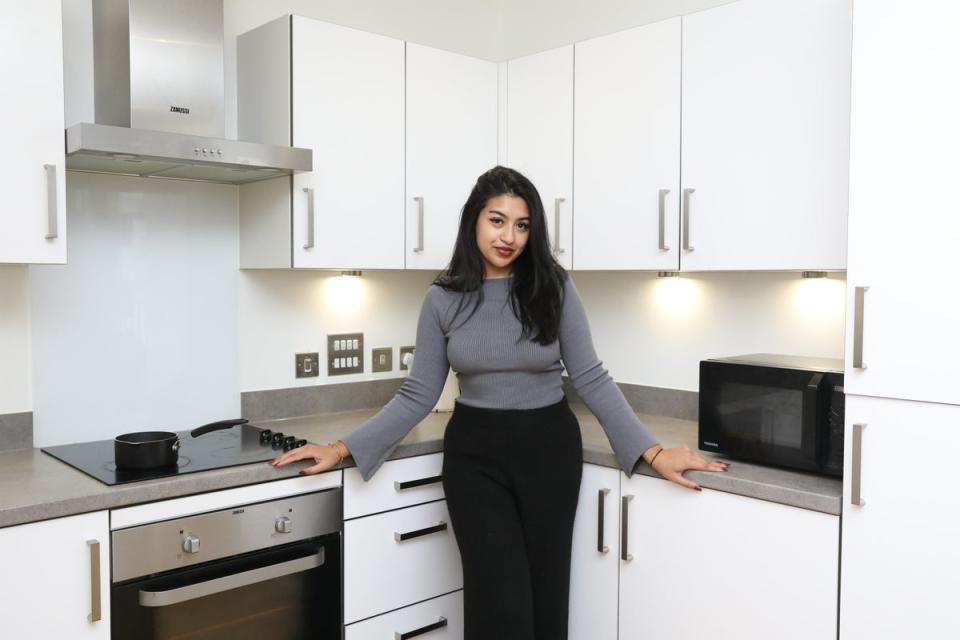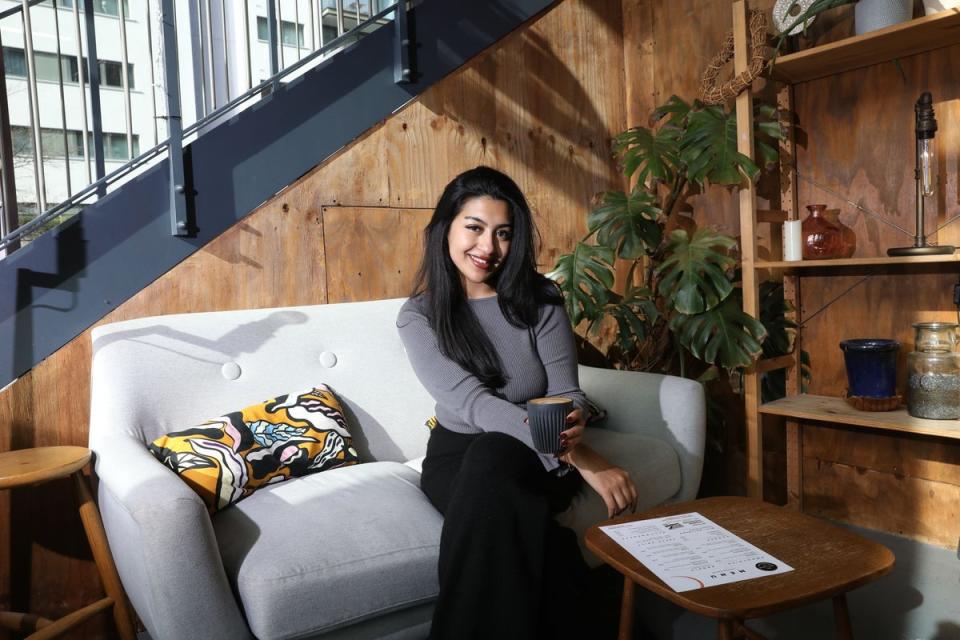‘I bought my three-bedroom shared ownership home aged 25 with only a £13,250 deposit’

Farhana Mallick was only 25 years old when she found herself exhausted by renting in London.
“I decided I was done losing my money on rent,” Mallick, now 27, says. “I wanted to invest in a property and have a home I could make my own.”
Previously she’d lived at home with her parents in east London, where she was raised, or rented a tiny room in a shared house for £400 a month.
As a history teacher at a school in Barking and Dagenham, she was one of the key workers increasingly priced out of living in the city where she worked. But scraping together a deposit large enough to buy somewhere near her family and workplace was tough.

“In London, the house prices are now very high — if I hadn’t bought with shared ownership, I would still be renting or living with my parents,” she says. “It gives you a lifeline, especially for someone in their 20s or 30s.”
Mallick took out a mortgage on a 25 per cent share of a three-bedroom apartment in the Royal Albert Wharf development in Newham, east London.
The property was on the market for £530,000, so a 25 per cent share equated to £132,500. That required a deposit of £13,250 — far below the three-figure deposits buying in London can now require.
“Shared ownership really appealed to me because it meant I required a much smaller deposit than if I was buying privately,” says Mallick.

Her monthly costs are £1,391 for the three-bedroom flat. Of that, £606 goes on her mortgage and £497 on rent for the part she doesn’t own, plus a £288 service charge.
Although it’s much more than she was paying on rent for a room, Mallick is very happy with the level of freedom and space her home gives her.
“I’ve now got a spare bedroom and a great community on my doorstep,” she says. “I could definitely see myself raising a family here.”
Putting down roots in east London was important to Mallick, and she’s happy to see so many new openings in this major regeneration zone.
“When I have friends or family visit, there is so much to do on the doorstep – from brunch to yoga classes to a food market on Fridays, and events happening in the Royal Docks,” she says.
"There’s a children’s playground being built at the moment as well, and there’s a gym planned. I feel like it's constantly evolving.”
Close to London City Airport, Royal Albert Wharf sits at the end of Royal Albert Dock, one of the three docks that make up the Royal Docks.

Built between 1855 and 1921, the Royal Docks were once the centre of London’s shipping industry. However, in the post war years containerisation became the norm for shipping cargo, requiring much deeper container ship ports that were built further down the river.
The Royal Docks finally closed in 1981, leading to widespread unemployment and decline.
Former prime minister Boris Johnson attempted to turn the area into a business zone, signing a deal with Chinese developer ABP in 2013. The result was widely panned for creating a ghost town, and the Greater London Authority parted ways with ABP in 2022.
Despite the setbacks, Royal Docks is now set to become one of London’s largest regeneration zones - for real this time.
Mayor Sadiq Khan, who is moving the seat of his London government to Royal Victoria Dock, just announced a £2 billion five-year plan for the area that includes building 36,000 new homes.

The area also has good connections into inner London thanks to the DLR and the Elizabeth Line.
“I do travel into central London but often I feel like I don't really need to, because I've got so many things on my doorstep,” says Mallick.
“If I am going into town then I'll take the DLR as it has so many connections. I shop locally a lot, including at Gallions Reach Shopping Park and also Beckton Triangle Retail Park, both of which are very close.”
The apartment at Royal Albert Wharf was delivered by developers NHG Homes, part of Notting Hill Genesis housing association. While many shared ownership schemes have come under fire for shady service charges and hiking ground rents, Mallick rates her home’s developers.

“As a first-time buyer, NHG Homes really helped me to understand the buying process, and what the steps were,” she says.
“I think many people aren’t aware of what shared ownership is or its benefits, but NHG Homes was so transparent and happy to answer all of my questions.”
Mallick is considering whether she will staircase — buy a greater proportion of the home from the housing association — or sell her share. Either way, she’s a fan of the system
“If I was to move homes, I think my next purchase would also be with shared ownership,” she says. “I can't recommend it enough.”
Currently, there are only homes available at Royal Albert Wharf through private sale (prices start at £373,995 for a one-bed), but there will be more apartments available through shared ownership at the development from autumn 2024.
Best shared-ownership home is one of the 33 revamped categories for the Evening Standard New Homes Awards 2024, which is officially open to enter.


